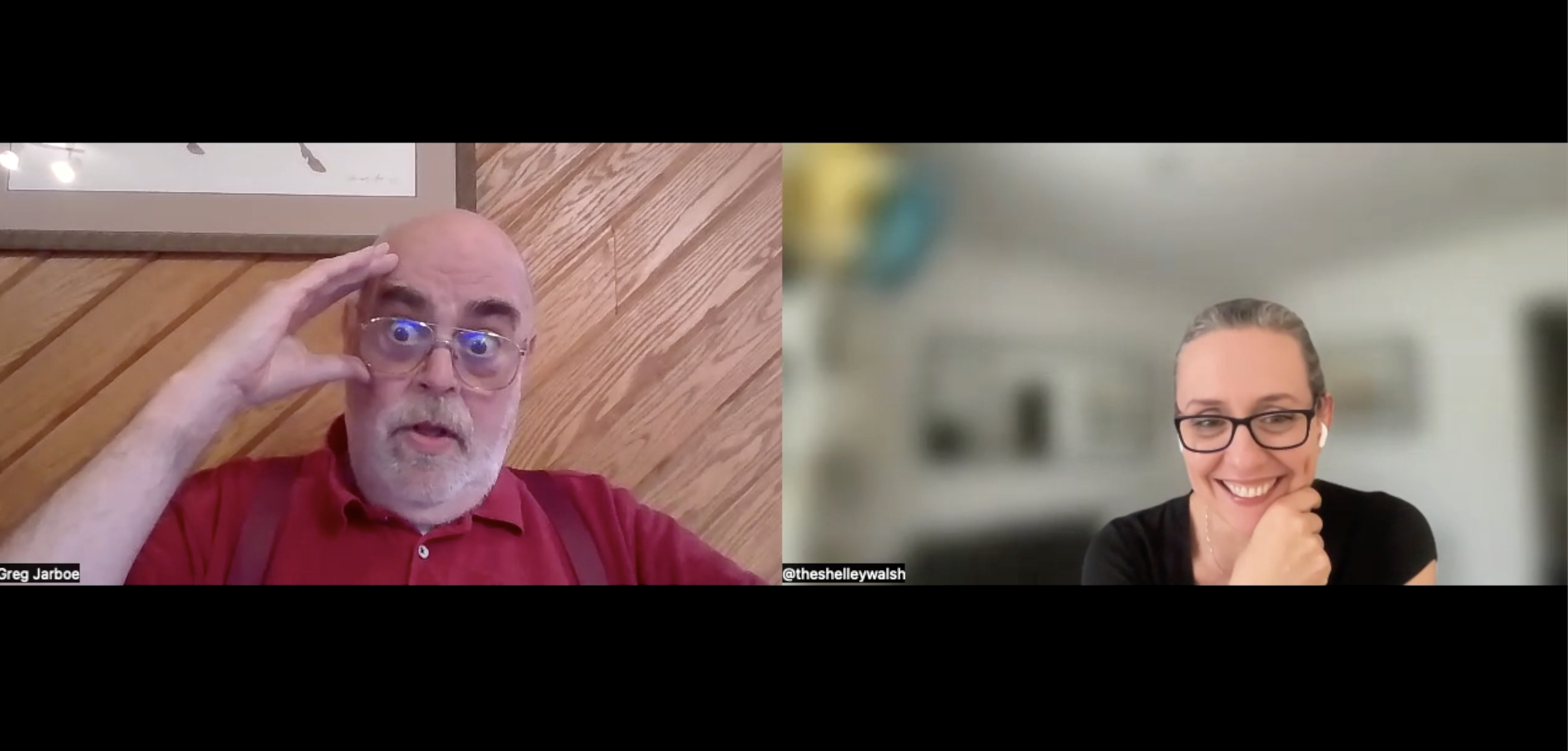Last week Greg Jarboe wrote an article for SEJ covering insights from the 2024 IAB Digital Video Ad Spend & Strategy Report which was the second part of a two-part report.
The first part reported that overall spending on digital video advertising in the U.S. is projected to grow 16% and that in the last four years, the share of ad spend has shifted to 52% of the total market share in the U.S.
US Digital video ad revenues are expected to reach $63 billion in 2024.
From the second part of the report, what stood out was the shift in measurement metrics for video from reach to business outcomes. According to Cintia Gabilan, IAB’s VP of the Media Center:
“But now business outcomes are the most important metrics to assess success, with reach and frequency coming in second. However, measurement is not yet where it needs to be. Two-thirds of buyers cite issues across nine key areas of measurement.”
Alphabet (Google) has also just announced their quarterly earnings – and out of this was the insight that Brand advertising – rather than direct response is driving YouTube revenue.
To discuss this and to throw insight into why this is important and why he was “shocked” about these changes, I reached out to Greg to get his thoughts.
Greg started out as a director of corporate communications in the 90s when websites were called “new media.”
And, he has worked with video marketing since the mid-2000s. He has followed the development and uptake of video in online marketing and SEO for the last 15 years.
Why Video Advertising Metrics Have Shifted
I asked Greg why he was shocked that brand advertising is driving YouTube revenue and then, why he was shocked about the shift in video advertising metrics.
Greg said,
“I’ve been following this trend for at least 15 years, if not longer, and it was one of those things where I wondered how come nobody else saw this.
Too many American brands and agencies were still hung up on the television era and all the metrics they used were just fine for measuring TV reach and frequency.
They might have occasionally layered in a bit of engagement if they were sophisticated because they knew online video allowed for likes, shares, or comments. But they were mostly using what I would call marketing outputs to measure their success.
Back then, a few of us Pioneers were saying no, focusing on business outcomes. But, that sort of advice wasn’t being taken up very often. Now, suddenly, a majority of brands and agencies are using business outcomes to measure success.
My theory is that a majority are now using the ability in YouTube to set your business goal for your video ad campaign. Amongst the available settings are awareness and consideration, website traffic, leads, or sales.
So, if you let artificial intelligence say ‘okay, if that’s your goal then here’s where we want to display your video ad’, then you are focusing on business outcomes. Not because you have taken advice about making that choice, but because you’re allowing AI to give you the best practice and make that choice for you.
I’m shocked that people are finally doing the right thing, but I’m suspicious that they don’t know they’re doing the right thing or why. They are simply taking advantage of the new AI capabilities that Google is rolling out.”
Why Video Advertising Revenue Is Shifting To Brand Advertising
I then asked Greg to explain why brand advertising is shifting more revenue to YouTube.
Greg said,
“Connected Television (CTV) has basically swept aside linear TV, and more than half of the ad dollars have now moved to CTV. When you’re advertising on CTV, your goal is awareness or consideration. This shift is probably as big as the advent of mobile advertising was 15 or more years ago.
Connected Television is now shifting ad dollars. What this means is that a lot of advertisers, both on the client and agency sides, are now using AI to steer money that used to go from terrestrial TV to YouTube. YouTube has huge reach in the UK as well as the US, and that’s brand advertising.”
The conversation shifted to TikTok, which is now dominant among emerging demographics like Gen Z. If it doesn’t become outright banned in the US, TikTok is going to continue to have a growing influence over audiences.
I asked Greg, how we can start to embrace this shift in measurement metrics for TikTok? How can we apply business outcomes to TikTok?
Greg responded by saying,
“TikTok shared research, that highlighted the buyer journey as a loop rather than a straight line. Everyone knows the customer journey is not a straight line, but TikTok emphasized the looping process, including discovery and consideration phases.
Too many marketers still work with the metaphor of the sales funnel, which was invented in 1924. The customer journey does not travel straight down a funnel; it loops.
SEOs and content marketers must understand where the customer needs to find their content during discovery and evaluation modes.
This means creating content that captures interest and builds a relationship over time until the customer decides to do business with them.”
I asked Greg,
“How can SEOs and content marketers produce the kind of content needed for this process?”
His response was that this was hard. He went on to say that digital marketers need to unlearn what they have learned, and that’s really hard for marketing professionals to do because it’s not how things worked last year.
Greg said,
“But it’s not last year anymore. The really good agencies, brands, marketers, SEOs, and others are constantly adapting.
One of the things I learned when writing my book, “YouTube and Video Marketing,” is that the landscape changes constantly. I had to go back and revise early chapters before I could turn back to writing later chapters.”
Greg’s final advice was to avoid using books as a source of learning:
“The book publishing process is too slow; any book you pick up is probably already outdated. Stick to fresh information from online industry news publishers to stay updated.”
Unlearn Everything You Knew Before And Learn Again
If video advertisers are inadvertently selecting the goals for their campaigns through AI, or if they are actively making that choice, video advertising is finally shifting to be focused on business outcomes.
It appears that the industry might be moving away from the historical influence of television-era metrics and becoming more sophisticated with their measurement.
What marketers need to consider is that everything they have relied on previously is now changing. What worked last year is no longer working.
We are seeing this across the entire spectrum of SEO and online marketing with everything in flux as the influence of AI integrates and becomes established.
The advice is to unlearn what you relied on before and learn again and don’t rely on outdated information.
Everything is changing faster than it can be printed so make sure you turn to sources that are as up-to-date as possible.
Thank you to Greg Jarboe for offering his opinion and being my guest on IMHO.
More resources:
- Why And How Local Businesses Should Use Video In Their Digital Marketing
- Top 7 Most Emotionally Engaging Olympics Ads (P&G Campaigns Are Winning)
- Video Marketing: An In-Depth Guide For Every Business Owner Today
- Content Marketing: The Ultimate Beginner’s Guide to What Works
Featured Image by author





![AI Overviews: We Reverse-Engineered Them So You Don't Have To [+ What You Need To Do Next]](https://www.searchenginejournal.com/wp-content/uploads/2025/04/sidebar1x-455.png)